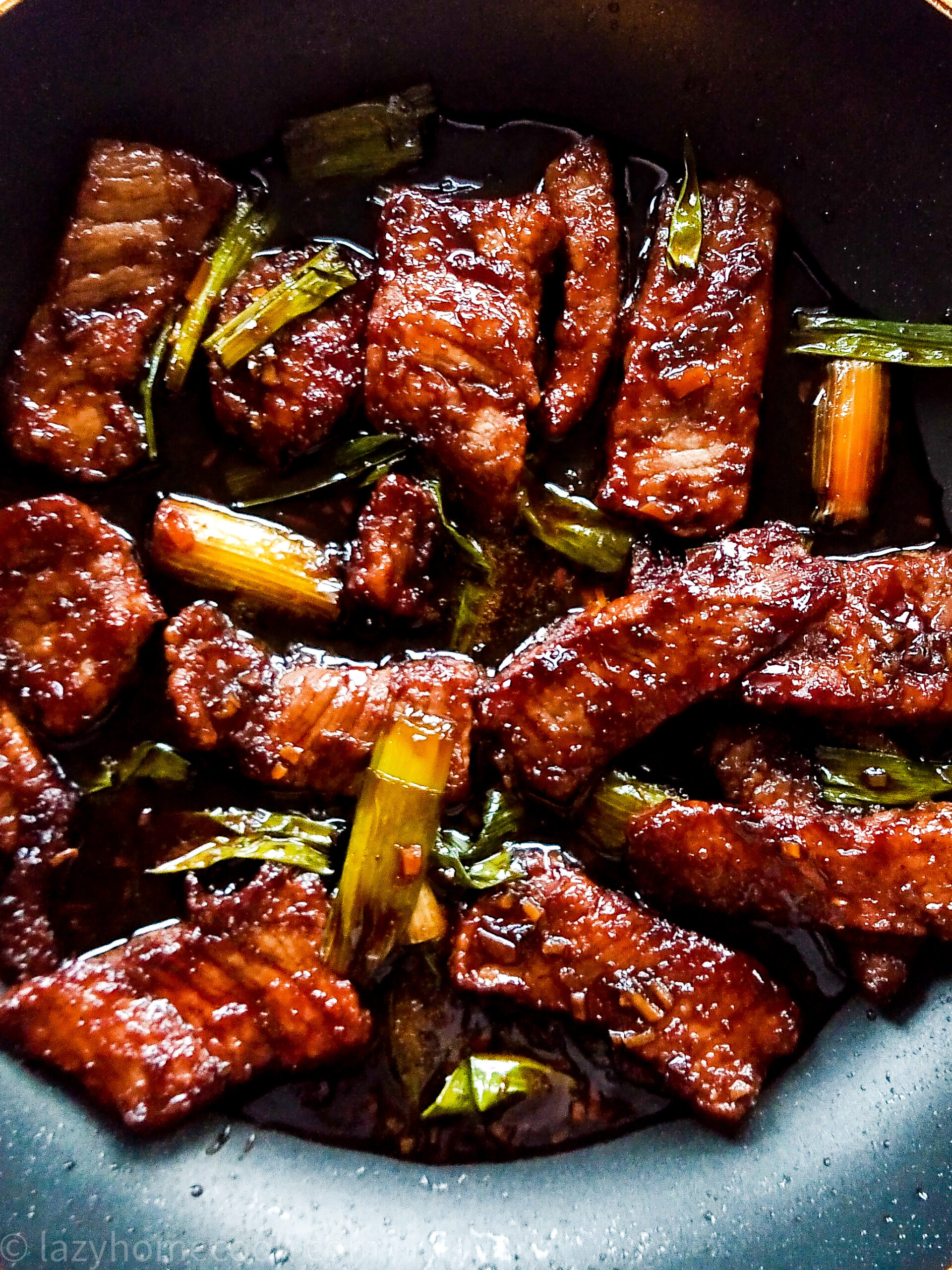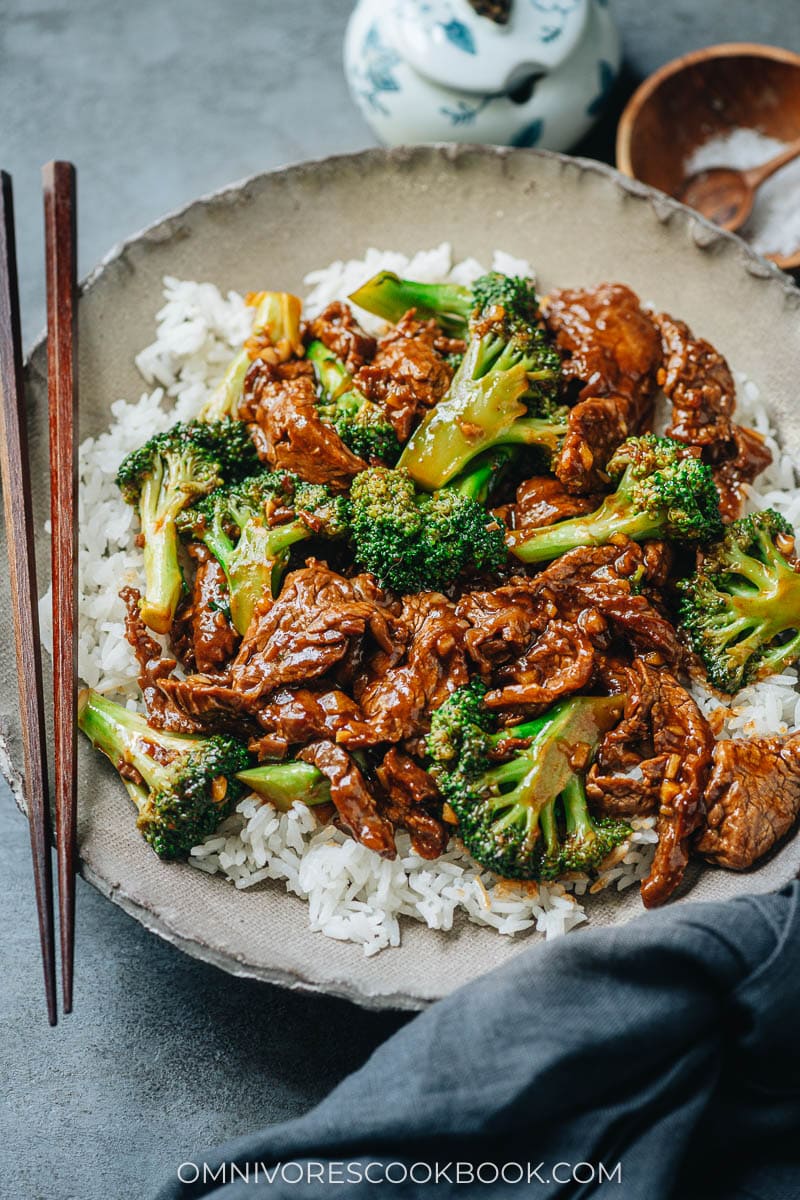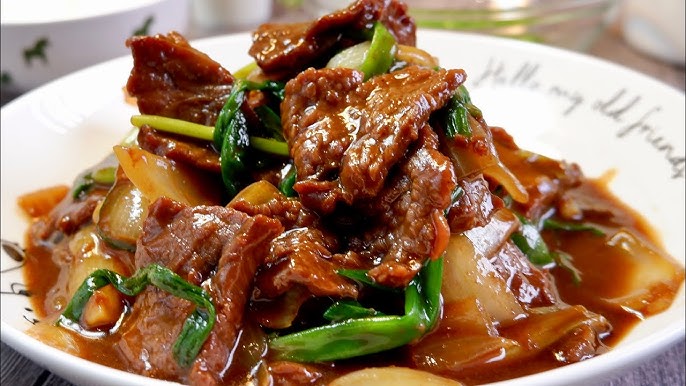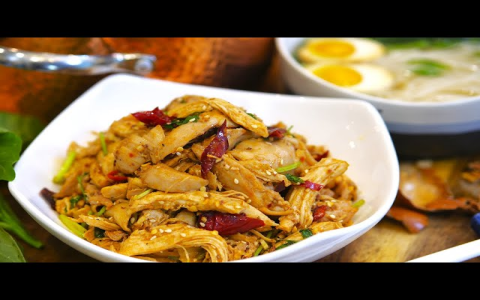Right, so I’ve been trying my hand at some proper Chinese meat dishes lately. Not just the super quick weeknight stir-fries, but the stuff that feels a bit more involved. It’s been a bit of a journey, messing around in the kitchen.

Trying out Red Braised Pork
First thing I tackled was Red Braised Pork, you know, Hong Shao Rou. Went to the butcher and specifically asked for pork belly. Had to make sure it had that nice layering, not too lean, not just pure fat. Finding the right cut is half the battle, I reckon.
Got it home, chopped it into cubes. Then the blanching part. I used to skip this sometimes, lazy I guess. But nah, you gotta do it. Chuck the pork in boiling water for a few minutes, skim off all that gunk that floats up. Makes the final dish cleaner tasting, less porky in a bad way.
Next up, the sugar. I tried caramelizing it in oil first, like some recipes say. Almost ended up with charcoal. So, I switched to the water and sugar method, cooking it slowly until it turns that nice amber colour. Added the blanched pork cubes, tossed them around to get them coated. That’s the base colour sorted.
Then threw in the aromatics:
- Some chunky slices of ginger
- A couple of scallions, just bruised
- Star anise, definitely
- Shaoxing wine for that specific smell and taste
- Soy sauce, light and dark
Added enough water to barely cover the pork. Brought it to a boil, then turned the heat way down. Lid on, and just let it simmer. Took a good hour, maybe hour and a half. Had to check it now and then, make sure it wasn’t sticking or drying out. The smell filling the kitchen was pretty amazing, gotta say.

The end result? Pretty decent actually. The pork was super tender, fat just melted. Sauce was rich. It wasn’t perfect, maybe could have been a touch sweeter, but I was happy.
Moving onto Kung Pao Chicken
Felt a bit more confident after the pork, so decided to give Kung Pao Chicken a go. This one’s quicker, but the prep feels like more work.
Dicing the chicken breast… ugh. Trying to get those little cubes roughly the same size. Then the marinade. Just a simple mix: soy sauce, Shaoxing wine, cornstarch. Let that sit while I prepped everything else. This is crucial for stir-fries, get everything ready before you even think about turning on the stove.
Chopped the veggies: scallions, garlic, ginger. Got the dried chilies ready (snipped some in half, left some whole – trying to control the heat). Roasted some peanuts separately.

Mixed the sauce in a small bowl: more soy sauce, Chinkiang vinegar (that black vinegar is key), sugar, cornstarch, and a splash of water. Having the sauce ready to go makes the final stir-fry less frantic.
Then, the cooking part. Got the wok smoking hot. Added oil, quick fry for the chicken until it was just cooked. Scooped it out. Wok back on high heat, more oil, tossed in the Sichuan peppercorns and dried chilies. Stirred like mad for like 30 seconds until they were fragrant – careful not to burn them!
In went the garlic, ginger, scallion whites. Quick stir. Chicken back in. Poured the sauce around the edges of the wok. It thickened up almost instantly. Tossed everything together really fast, threw in the roasted peanuts and the green parts of the scallions. Done.
This one turned out alright too! Had that nice mala tingle from the peppercorns, spicy kick from the chilies, balanced by the sweet and sour sauce. Chicken was still tender because I didn’t overcook it initially.
So yeah, that’s my recent practice. It takes effort, makes a mess, and sometimes things go a bit wrong. You burn the sugar, or the chicken gets tough. But you learn, right? Figure out what works for your stove, your wok. It’s just practice, trial and error. But way more satisfying than just ordering takeaway when you nail it.









